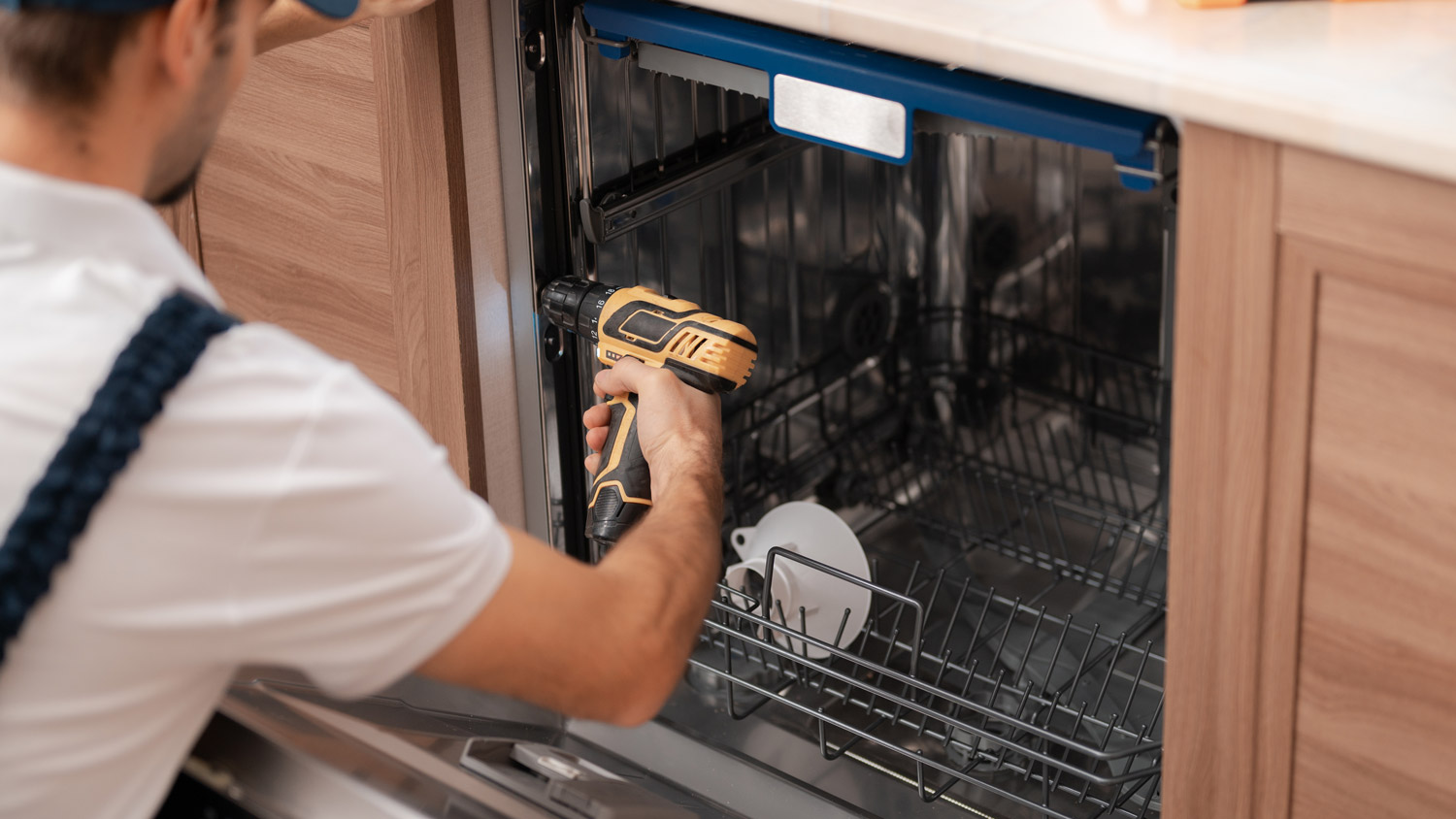
Discover the average dishwasher installation cost, key price factors, and tips to save on your project. Get transparent, expert-backed estimates.
Turn up the heat on your savings


Pellet stoves offer efficient and eco-friendly heating solutions, but upkeep is crucial to ensure they operate at peak performance. Proper pellet stove maintenance not only enhances efficiency but also extends the stove's life span—keeping you cozy for longer. Here are six essential tips for keeping your stove in shape, covering everything from weekly cleaning routines to troubleshooting common pellet stove issues.
If you're regularly using your pellet stove, you should empty the ash pan, clean out the burn pot, and wipe down the window every week. You should also clean the vent pipes at least once per year, depending on how often you burn.
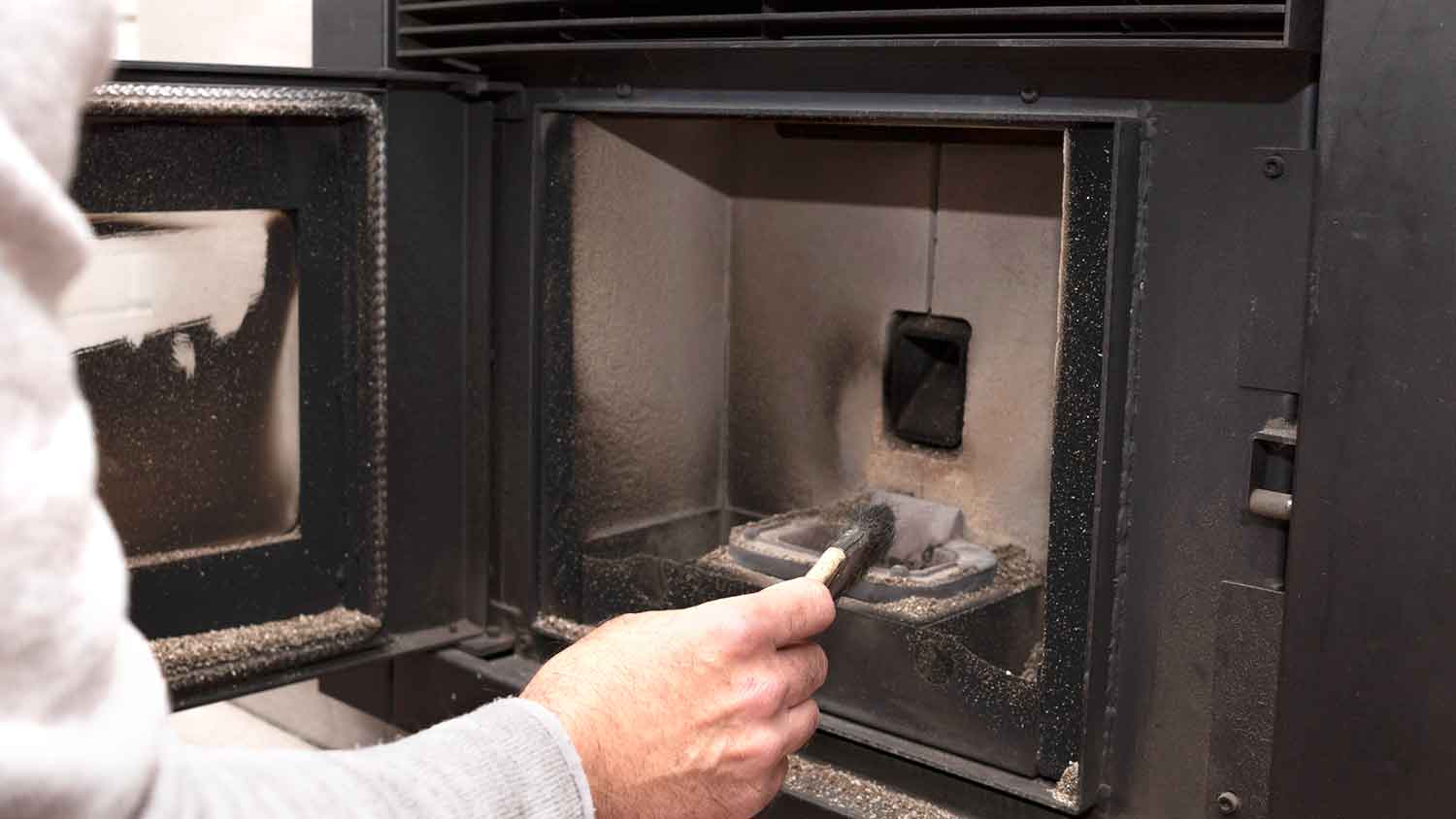
Regular cleaning is key to keeping your pellet stove running smoothly, efficiently, and safely. Here’s a basic rundown of what your weekly cleaning tasks should look like:
Begin by turning off the stove and allowing it to cool completely.
Remove the ash from the burn pot and clean the glass window.
Clean the exhaust vent and check for any blockages.
Dispose of ash properly to ensure safety and minimize fire risk.
You should also invest in a fire-resistant pellet stove cleaning set that includes items like a dustpan and broom to make the job quicker and easier. These simple steps, when done weekly, prevent ash buildup and maintain airflow efficiency.
Over time, the glass window of your pellet stove can accumulate residue, making it harder to see those lovely flames. Unfortunately, some commercial cleaners are unsafe to use on oven windows since their exposure to heat can create fumes.
To clean your window safely and effectively, mix equal parts vinegar and water in a spray bottle. Spray the solution onto the glass and wipe it clean with a paper towel or soft cloth. Vinegar is safe to use in high heat, and the acidity helps break down stubborn deposits, restoring clarity to the window without damaging it.
While focusing on internal components is crucial for safety and efficiency, don't overlook cleaning the exterior parts of your pellet stove. Dust and dirt can accumulate on the stove's surface, affecting its appearance and potentially causing overheating. Regularly dust the exterior with a soft cloth or use a gentle cleaner recommended by the manufacturer. This will help to maintain its aesthetic appeal and functionality.
The dust content of the pellets used in your stove significantly impacts its performance and maintenance needs. Low-dust pellets produce less ash and burn more efficiently, reducing the frequency of cleaning intervals. Choose pellets made from hardwoods like oak or maple, which have lower ash content compared to softwoods.
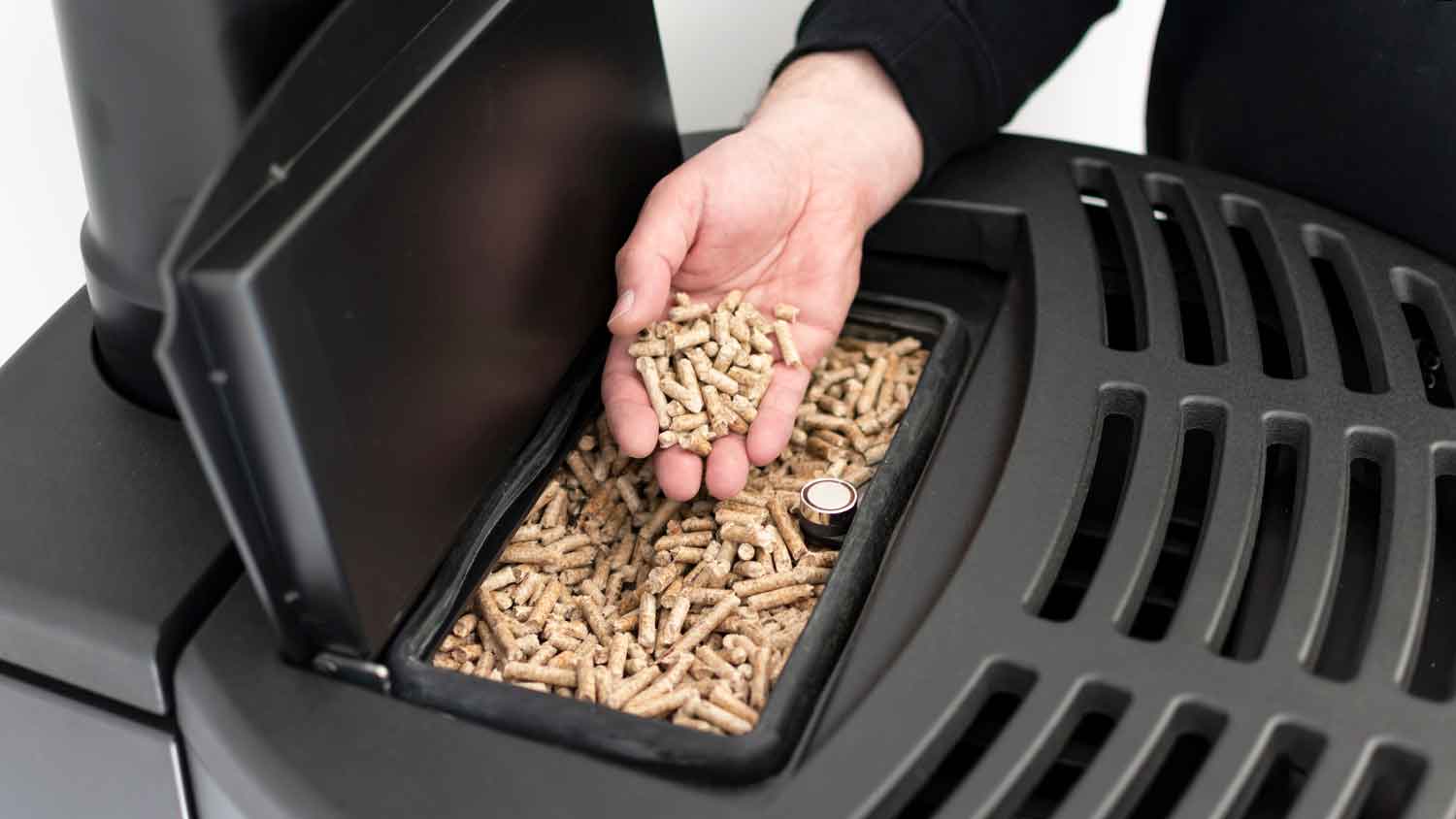
Investing in high-quality pellets not only improves heating efficiency but also minimizes maintenance requirements. Lower-quality pellets can contain fillers or impurities that lead to increased ash production and inconsistent burn rates. Opt for pellets certified by organizations like the Pellet Fuels Institute (PFI) for superior performance and cleaner, safer combustion.
Before the heating season gets into full swing, schedule a professional inspection with a local pellet stove company. An annual inspection ensures that your pellet stove operates safely and efficiently throughout the winter. During this service, technicians will do the following:
Inspect and clean the exhaust system
Check electrical connections
Verify the integrity of seals and gaskets
This proactive approach prevents potential issues and extends the life span of your pellet stove.
Despite regular maintenance, pellet stoves may encounter issues such as stove ignition problems, erratic burning, or unusual noises. If you experience these issues, refer to your stove's manual for troubleshooting tips or consult a qualified technician. Addressing problems promptly lets you enjoy uninterrupted heating and prevents further damage to the stove.
From average costs to expert advice, get all the answers you need to get your job done.

Discover the average dishwasher installation cost, key price factors, and tips to save on your project. Get transparent, expert-backed estimates.
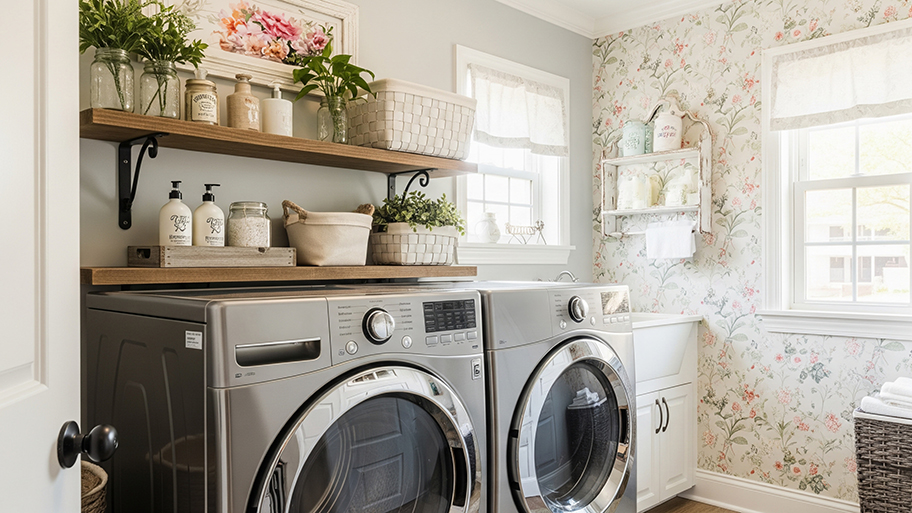
The cost to relocate washer and dryer hookups varies based on location, as well as whether your moving the appliances and adding new hookups. We’ve compiled a full price breakdown here.
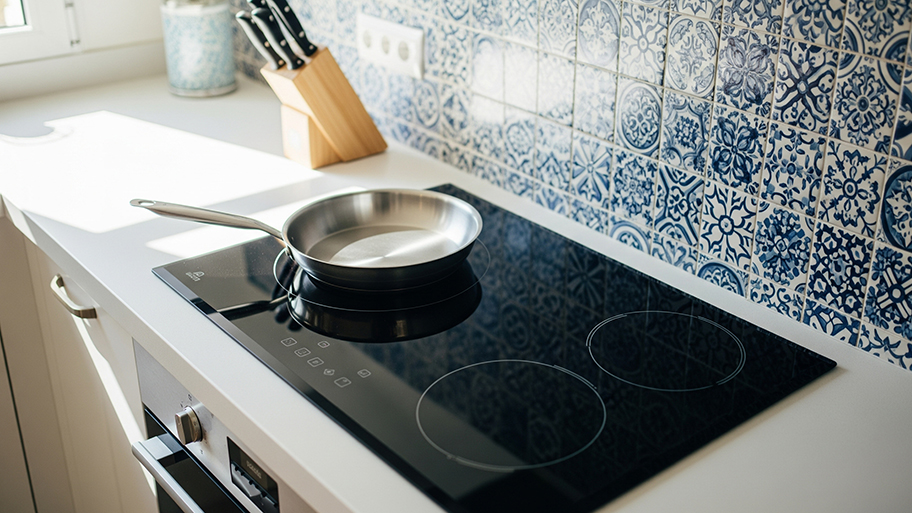
Broken glass stove tops are not only unsightly; they can also be dangerous. Use this guide to learn how much glass stove top replacements cost based on factors like size and type.

Who fixes dryers if yours isn’t working? A dryer repair company is a good place to start, but you have some options, including an electrician.

Discover why your pellet stove is not igniting and learn effective troubleshooting tips to fix the issue. Keep your home warm with our expert advice!

Not sure if you should repair or replace your cooktop? Our guide helps you make the right decision for your appliance.